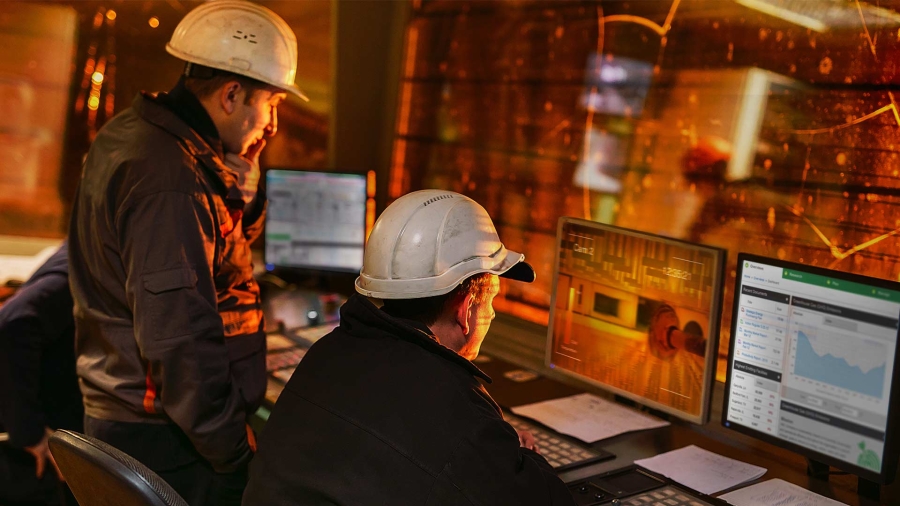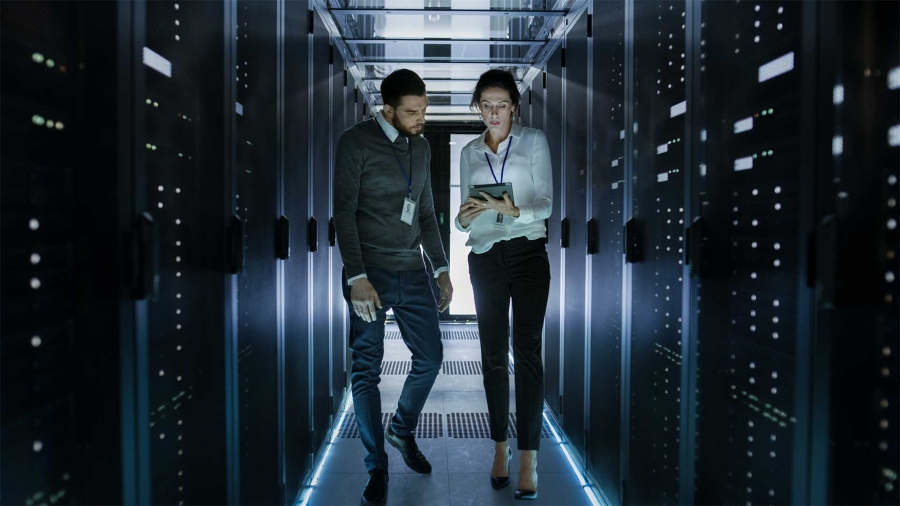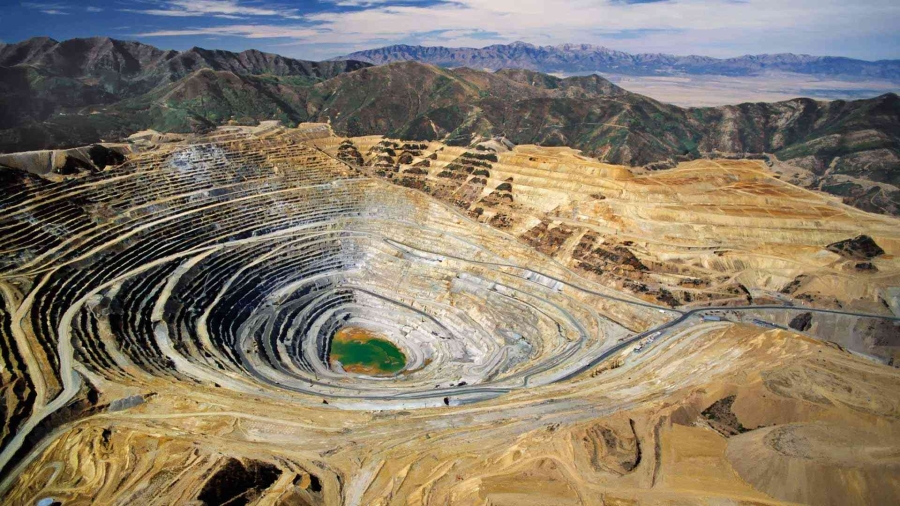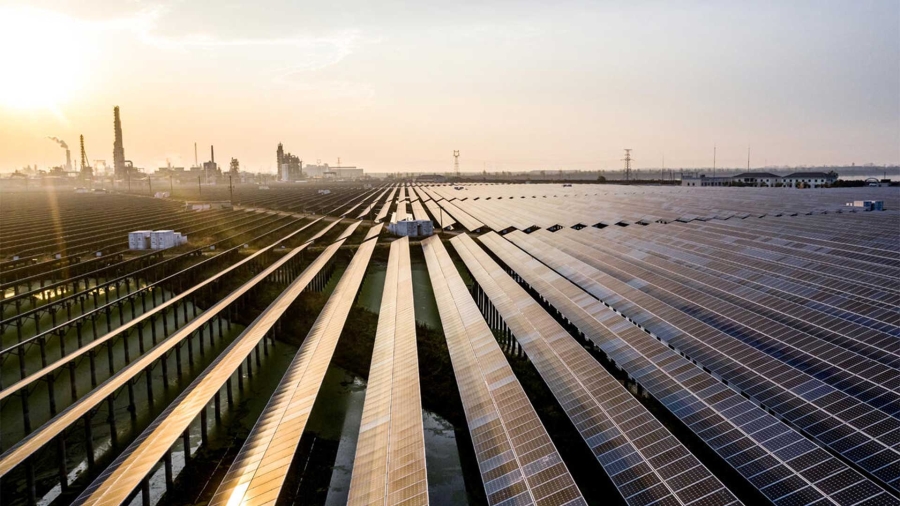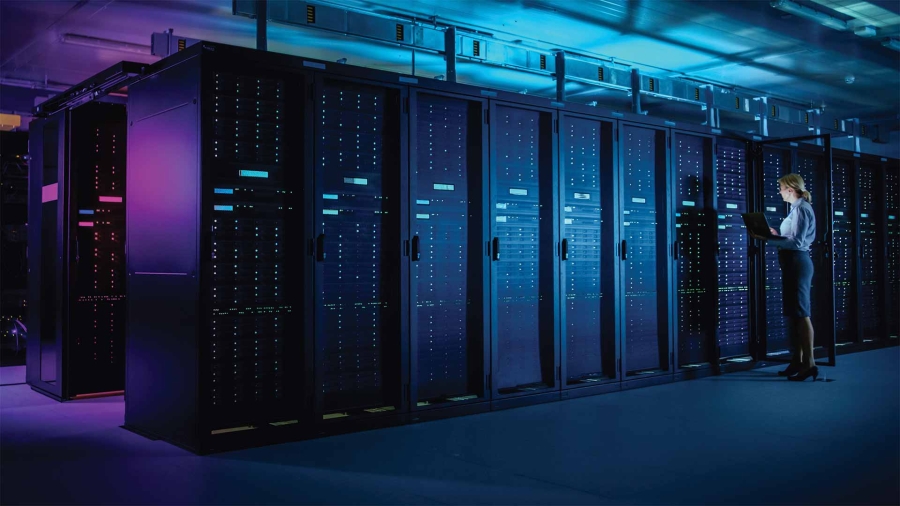A few weeks ago I talked about some of the lessons I learned during my onboarding as a CDO of a global company during the height of the pandemic. This time, I’ll be talking about sustainability and fighting climate change.
If that sounds odd (why would a Chief Digital Officer talk about lowering global emissions?), it really shouldn’t. Yes, decarbonizing the global economy is about moving away from burning fossil fuels, and stepping up electrification and clean energy alternatives. But it’s also about being smarter and more efficient with our resources and energy usage.
That’s where digital transformation and technology – and thus CDOs like me – come in.
Climate change won’t wait for our decisionsThe climate crisis we face today is the result of how we, as businesses, organizations, governments, and individuals, make decisions.
To reduce carbon emissions, we must decide to consume less energy and use energy more efficiently. It sounds simple. But we all know that this involves often unpopular decisions: Making it happen is tough. Especially without the right data.
Digital transformation at the service of sustainability
The good news is that today’s digital technologies can help us make decisions smarter, faster, more precisely – all of which is ultimately better for the planet.
There are three key enablers:
1. Transparency of consumption
The Internet of Things (IoT) allows us to collect and analyze energy and resource data, providing insights across systems, buildings, and plants, all the way up to the enterprise-level. With this visibility, electricity and other resources stop being “commodities“ that are simply delivered and used when needed. We can measure what we use and control what we measure, matching consumption to actual demand, grid performance, forecasts, and targets. This is the starting point for decarbonization.
2. Analytics and Artificial Intelligence (AI)
With data-driven insights we can make smart decisions based on measurements and learnings that are based on facts, rather than on intuition. With the right quality and structure of data, AI has the power to automate, or to assist us in making those decisions in real time, changing traditional business processes.
3. Digital Ecosystem collaboration
No-one can fight climate change alone, just like no-one can innovate alone. Finding the right technology partner is often the fastest, easiest, and most profitable way to achieve ambitious sustainability goals. This is where digital ecosystems, such as Schneider Electric Exchange, can make a big difference. They empower end-users, technology providers and integrators to come together and share data to create more insights, develop new solutions and solve efficiency and sustainability challenges.
Sustainability and digitization: converging transformationsThese three key enablers have one thing in common: They have the potential to change the way businesses operate, and the way people work – in any role, at any level.
This is the crux of digital transformation. The role of a digital leader is to drive that change across the organization.
The same goes for sustainability: A successful corporate sustainability strategy needs to be designed and implemented end to end, to accelerate the delivery of concrete results across the business.
What’s more, the two strategies – sustainability and digitization – must be joined at the hip. If they are, benefits will accrue: According to Accenture, companies that integrate digital and sustainable transformations into their operations and value chains are 2.5 times more likely to be among tomorrow’s best-performing businesses than those who don’t.
Going further, fasterAt Schneider Electric, we see electrification and digitization as inseparable and critical parts of the fight against climate change.
So it’s no surprise that EcoStruxure™, our open IoT platform, leverages digitization to optimize energy and resource use in our customers’, our partners’, and our own plants and buildings. Ultimately, that helps us all to accelerate our sustainability and digitization agendas.
Our commitment to ambitious sustainability goals, and regularly-measured environmental impact have been recognized in leading rankings. This wouldn’t have been possible without a strong foundation of digital maturity and innovation.
The time to act is nowTo address this urgent crisis, we need to develop and deploy bold, actionable roadmaps and solutions that allow us to lower energy-related emissions while still meeting world’s demand for energy.
The power of today’s digital technologies, data, and AI can help us turbocharge this sustainability transformation. As major economic players, companies such as ours have an important role to play. The faster and more holistically we act, the better.




